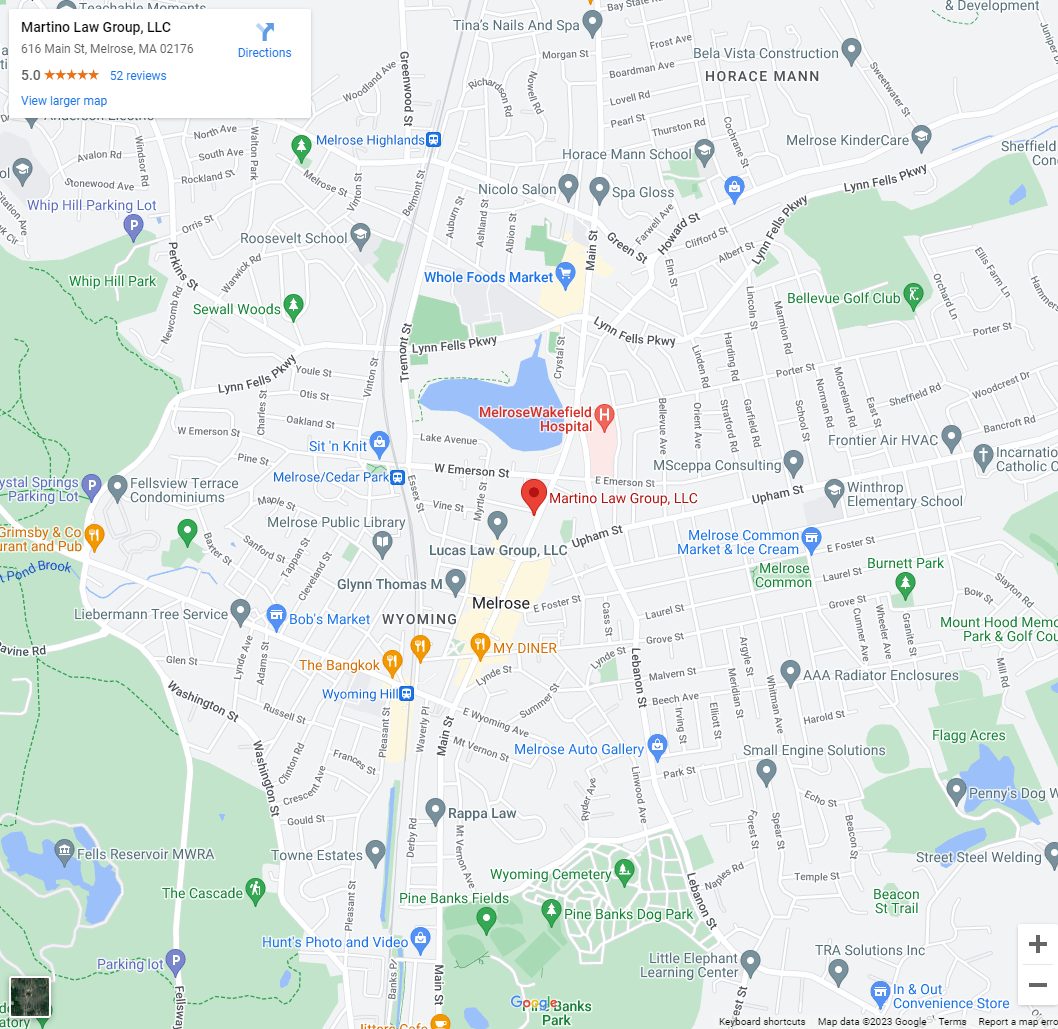Some mortgage programs, such as FHA, require a property to meet certain safety standards. The bank appraiser is responsible for inspecting a property and confirming there are no violations. Why is this important for both home buyers and home sellers to be aware of? In multiple offer scenarios, an FHA buyer may be less appealing than a conventional buyer if the home has potential FHA compliance issues. Below is a summary of FHA property safety standards that come up most often during appraisals.
Peeling Paint
In order to obtain FHA approval, a property may not have any peeling paint. This includes interior and exterior surfaces of both the main building and other structures (such as garages and sheds). Although the reasoning behind the peeling paint check involves lead paint concerns, even properties built after 1978 must comply.
Lack of Hand Railings
According to FHA property safety standards, all staircases must have hand railings. It’s actually pretty common to see missing hand railings in a home. Sometimes they are removed to make room for furniture during a move-in or move-out. Other times people neglect to put them on for aesthetic reasons. However, in order to pass FHA appraisal inspection, railings must be present.
Plumbing Leaks
FHA appraisers also check all plumbing for functionality. This means they flush toilets and turn on faucets in a home. Plumbing fixtures must work and there must not be any leaks present.
Overall Condition & Safety
In general, the property must be livable. This could mean a variety of different things. Pest infestations, interior air quality, blocked exits, etc., would all be considered safety issues. View the FHA inspection checklist for other items checked for FHA loans. For additional information on FHA property safety requirements, contact an FHA approved lender.




